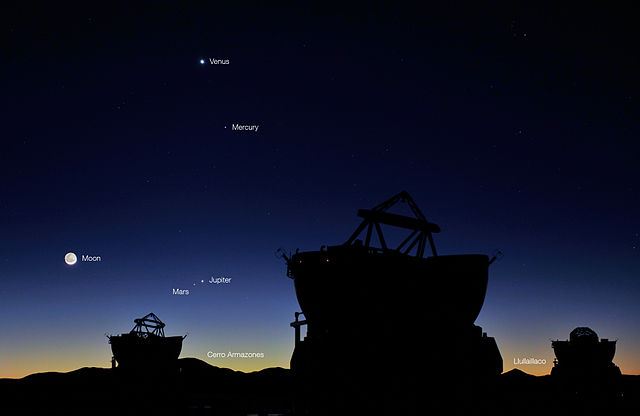Venus, Mars, and Jupiter align: When to see planetary alighnment tonight

This week brings another spectacular astronomical event as planets Mars, Venus, and Jupiter will be seen grouped together.
The planetary alignment has reportedly been around since October 23–24, but it will last until the first week of November. This trio formation won't happen again until January 2021, Earth Sky noted.
The planets are most visible when viewed during sunrise, and on Thursday, they will be placed in a triangular position.
The planets are not really close to each other in space, but the way they are positioned makes them appear so from Earth.
The brightest of the planets will be Venus, which makes it easier to spot. Venus will pass by Jupiter and Mars to form that triangle today, Oct. 29.
The great thing about this astronomical event is that one does not need to carry around special equipment to view the skies and get a clear shot of the planets.
The planets can be seen by the naked eye, although using binoculars and telescopes should provide a clearer view of the conjunction.
Uranus, Neptune, and Saturn also have their own group but proper equipment is needed in order to get a view of them.
Meanwhile, experts advise observers to look at the eastern direction, although BBC reported that it doesn't matter what time zone a person is in as the formation can be seen from anywhere around the world.
Looking at the direction where the constellations of Big Dipper and Leo are before sunrise should allow spectators to see the Venus, Mars, and Jupiter formation.
The best time to see the planets would be at dawn because the surroundings are dark enough to provide a good contrast of the bright planets.
What's more interesting is that for those who are in the Northern Hemisphere or in the tropics, Mercury can also be visibly located below the three planets. In contrast, the planet is hard to catch when observers are from the Southern Hemisphere or temperate regions.











